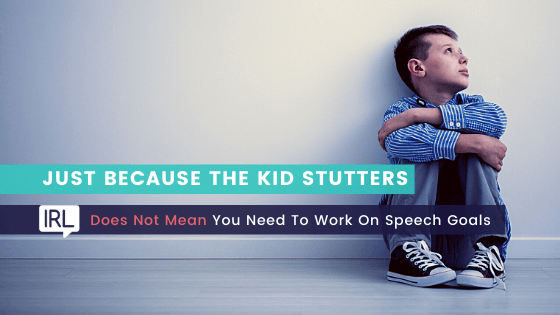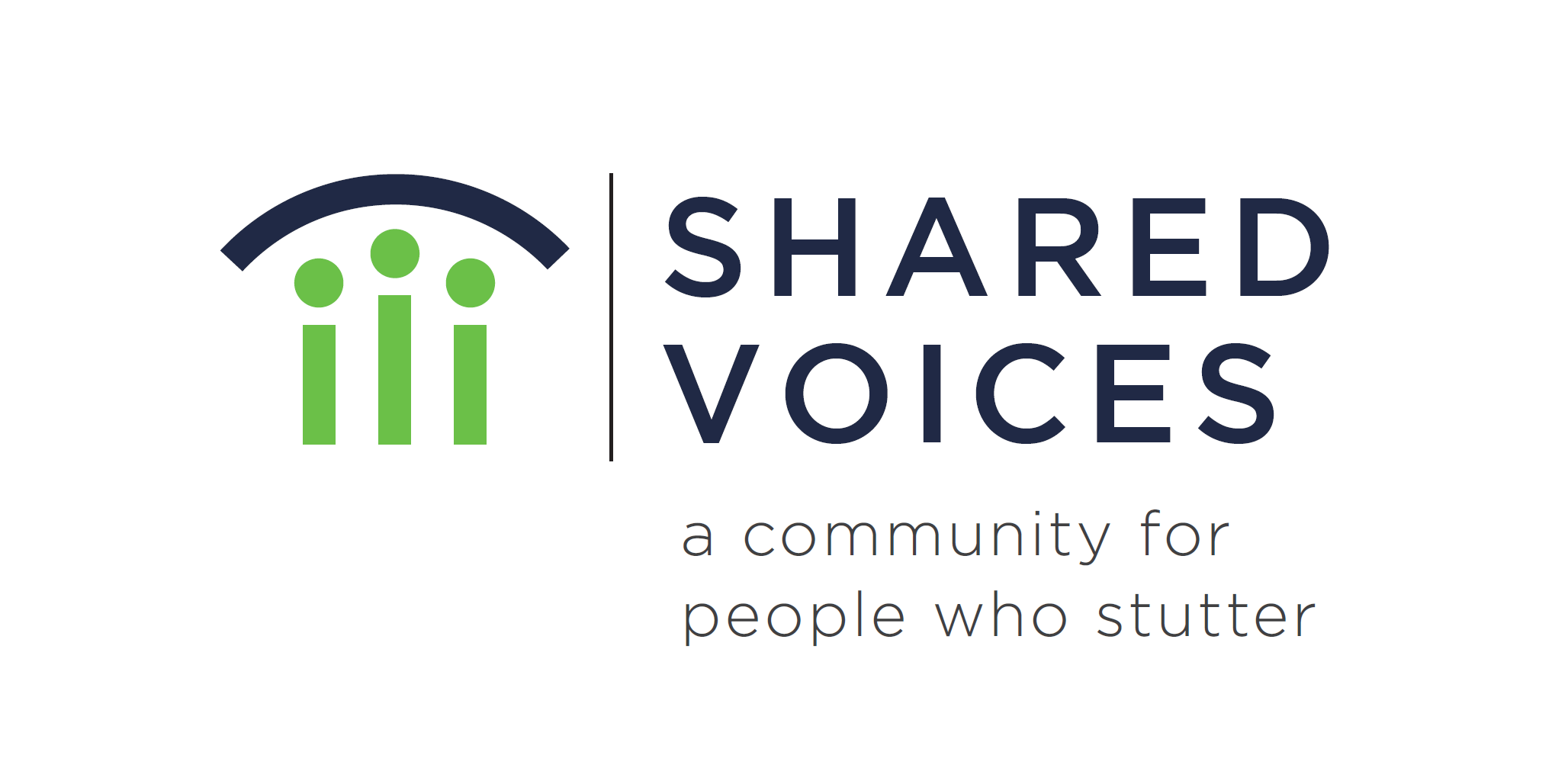I received an email from a graduate student this week, asking for advice about a fluency client in an upcoming school placement. The student described a very, very common scenario that school-based SLPs encounter with stuttering students who have IEPs. If you’re a school-based SLP diving back into IEPs after summer break, there’s a good chance you’ll encounter one or two students like this:
"The student does not describe his disfluency in any specific way. His current goals include working on breathing techniques and easy onsets. He is unaware of his difficulty with coordinating speech with breath, and talking too fast through each breath. My supervisor noted that he is very unmotivated to participate in therapy. She expressed that this became even more difficult with the transition to remote therapy in the spring, and that is how we will be delivering his services this fall as well. He is entering 4th grade, and apparently is very 'over' going to speech therapy."
Sound familiar?
- Kid with disfluent speech pattern has goals to “modify” the atypical patterns.
- Kid doesn’t care to work on modifying his speech.
- Kid is “over” therapy in general.
- Kid has an IEP, so you have to meet the minutes.
- BONUS: we’re doing telepractice! *sobs*





